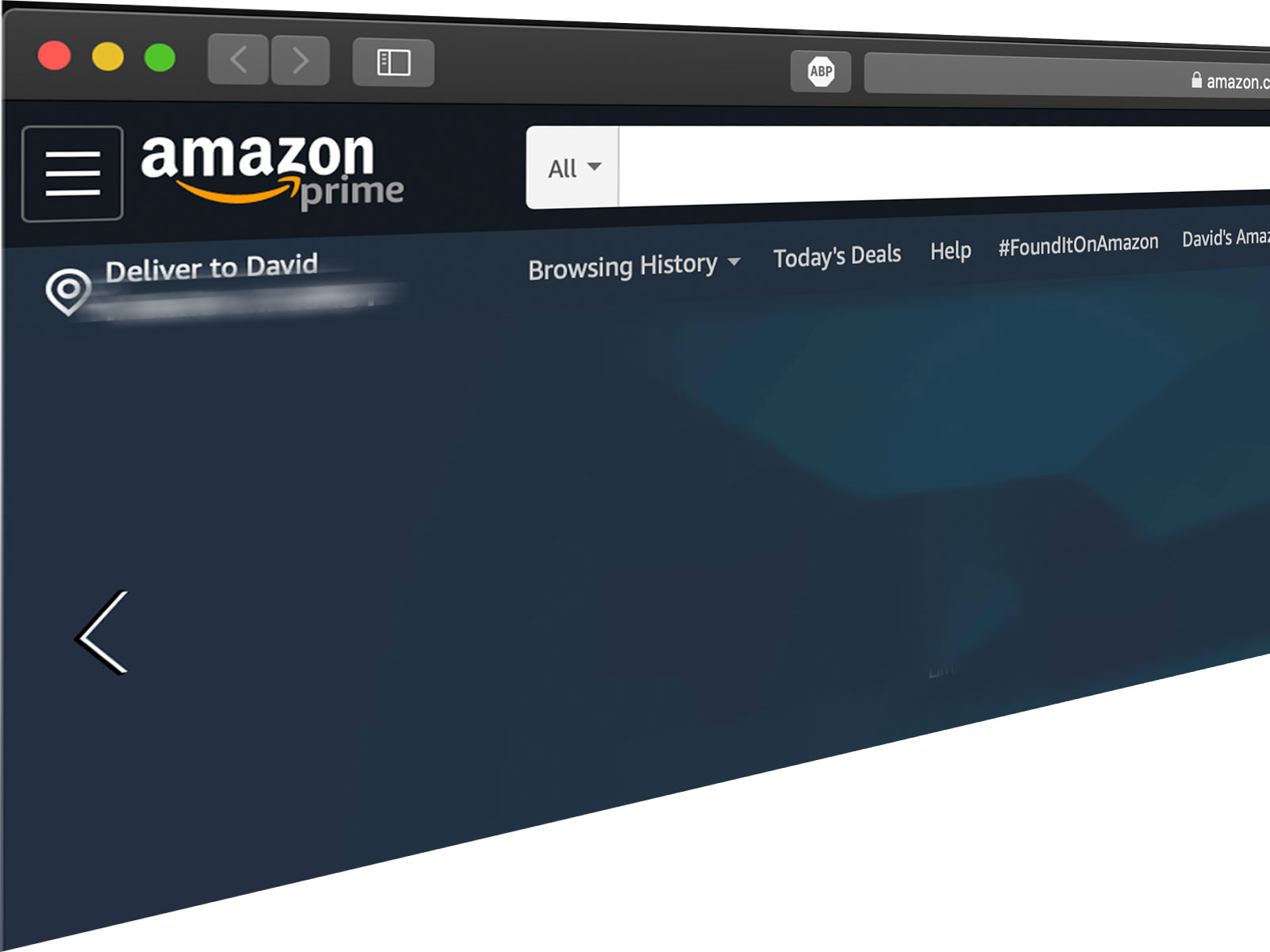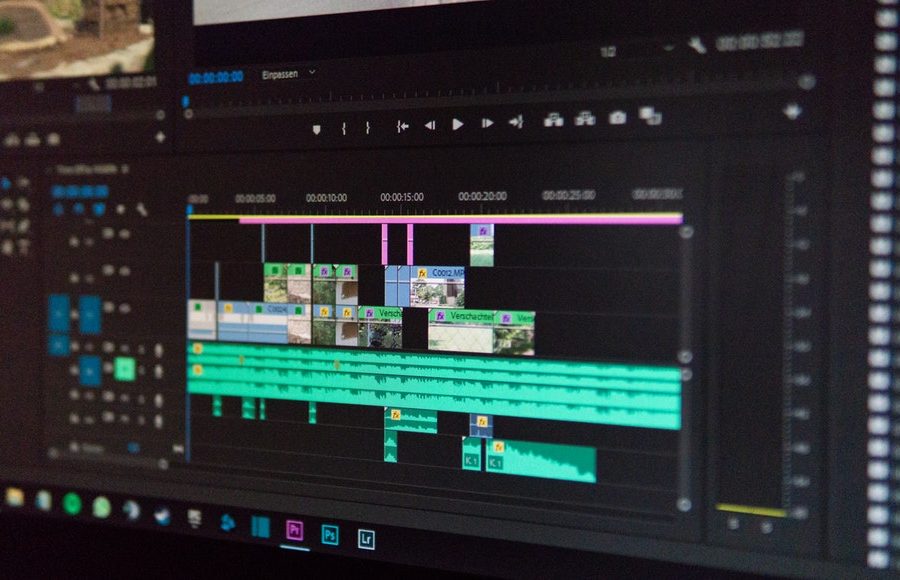Disclaimer: I post links to products on Amazon via the Amazon Affiliate program. This does NOT add a “markup” to the product, it simply pays me a small commission via Amazon, usually less than $2. These small proceeds keep me writing, creating content, and overall keep the website up and running. Every now and then it buys me pizza.
Note: This post will be continuously updated as I identify more products that I believe ‘trend’.
I’ve been putting work into my Amazon Associates account lately as a method of earning revenue to justify my (Amazon) video reviews. What started out simply as a cheeky outlet to vent product frustrations or to praise a durable or reliable product has turned into an additional revenue stream. Using broad term searches based on trends on Instagram advertising and combing this with Spyfu and SEMRush, you can easily identify items that are currently trending. This makes it straightforward and relatively easy to simply write an article and do a little keyword optimizing to attract visitors to your domain. I’ve had success with driving page 1 Google results (within serp 6-pack) within 36 hours, although bounce rate and relevance (or lack of) can possibly result in the link tanking to page 4-5 on Google a few days after.
Identification
Obviously the ‘bread and butter’ component to make this work successfully…It’s relatively straightforward as I mentioned before.
I perform a domain hop loop to begin. Next head to Amazon first and see what’s naturally “recommended” for me. Look at the efficacy of each product /the subsequent reviews. Some products may fit all the right criteria, meaning it is a product that can easily be written about and has a low workload video ability that could be created quickly.
Some products which are frequent advertisers on social media like makeup products, wouldn’t be the best product for me (on failedexe…a technology based site) to recommend or write a blog post. It’s just “out of format”. Subsequently it would perform slightly less successfully than in comparison to say an article I write on ‘gaming keyboard’.
I then loop over to Facebook and Instagram (with a primary, then ghost, and finally bot account) and browse for a timed 6 minutes each, looking for ads. Once you find 10-20 ads for *products* (obviously certain products like luxury cruises or automobiles are not acceptable for this method) you then head over to Amazon and identify which products are also being sold (on Amazon). 7 out of 10 *product* items are always sold on Amazon. From the Purple Mattress, to the AirMega air purifier, to Dyson vacuums, even lint shavers…you will find them advertising across social media.
Head over to SpyFU or SEMrush and perform the same product search query based upon the referral link in the ad you found. The analytics from SEMrush/Spyfu will (literally) tell you the keywords that ie:Dyson targeted for their online ad campaign, the clickthroughs and results. You can see which ad campaigns succeed and which ones do not. You can see ad frequency which is a key indicator of a successful ad format. All you need to do is “borrow” the keywords and create a slightly compelling blog post. If you add video content to that post, even better for search results.
Amazon Affiliate Ad variations
Amazons Affiliate program offers you the ability to choose from several different linking options to refer to but it basically breaks down to these top three: Text & Image, Text Only, and Image Only. NOTE: If you have an ad-blocker running you will (obviously) not see the ad examples below:
Note: one product no longer has an image provided by the manufacturer.
Within each of these selections are small variations such as changing linking font color, size, dimension, etc. The efficacy of your ad conversions can definitely be affected by this. I have a ghost blog on the interwebs and have learned that the paid conversions I receive (Amazon Affiliate) are generated mostly from short linked items, no text, no image, just my hyperlink within a related review/post. I assume this is because the link is within an article, so an image is not necessarily needed in those scenarios.
I’ve added a few ads above. As you can see from the Ring Alarm kit, the “8 piece kit”, can be searched for and linked specifically. But not all times are “tagged” within Amazon Associates, so you may not find the specific version of a specific item, your success may vary. By no means are these ads above “high traffic” items so don’t get excited and carried away. If you are new to Amazon Associates accounts and want to learn which products you should spend your time writing about, my method I described will work perfectly.
Methodology
Whilst some online veterans may exclaim “elementary knowledge!”, I wanted to try to write this so that someone like my 65yr old mother could understand.
With each product you want to promote (via Amazon Affiliate) you should write a blog post elaborating the relevance of that product to the customer. You also want you make sure that your domain you are promoting the products has content consistency. It wouldn’t be aligned with Failedexe’s content to create a video on here about Aztec Clay facial mud masks. Creating content (short article or blog post) will add keyword value to the (your) referring page. You can take it one step further and add Schema markup. Video content has a high “weight” value in search relevance so at times it may be conducive to invest the time into a small video review.
This isn’t rocket science and I am really going over what I consider to be very vanilla basics here. If you need any help or if I just blew past vital information too quickly ( I tend to do that ), please just shoot me an email and I will try to answer your question.



